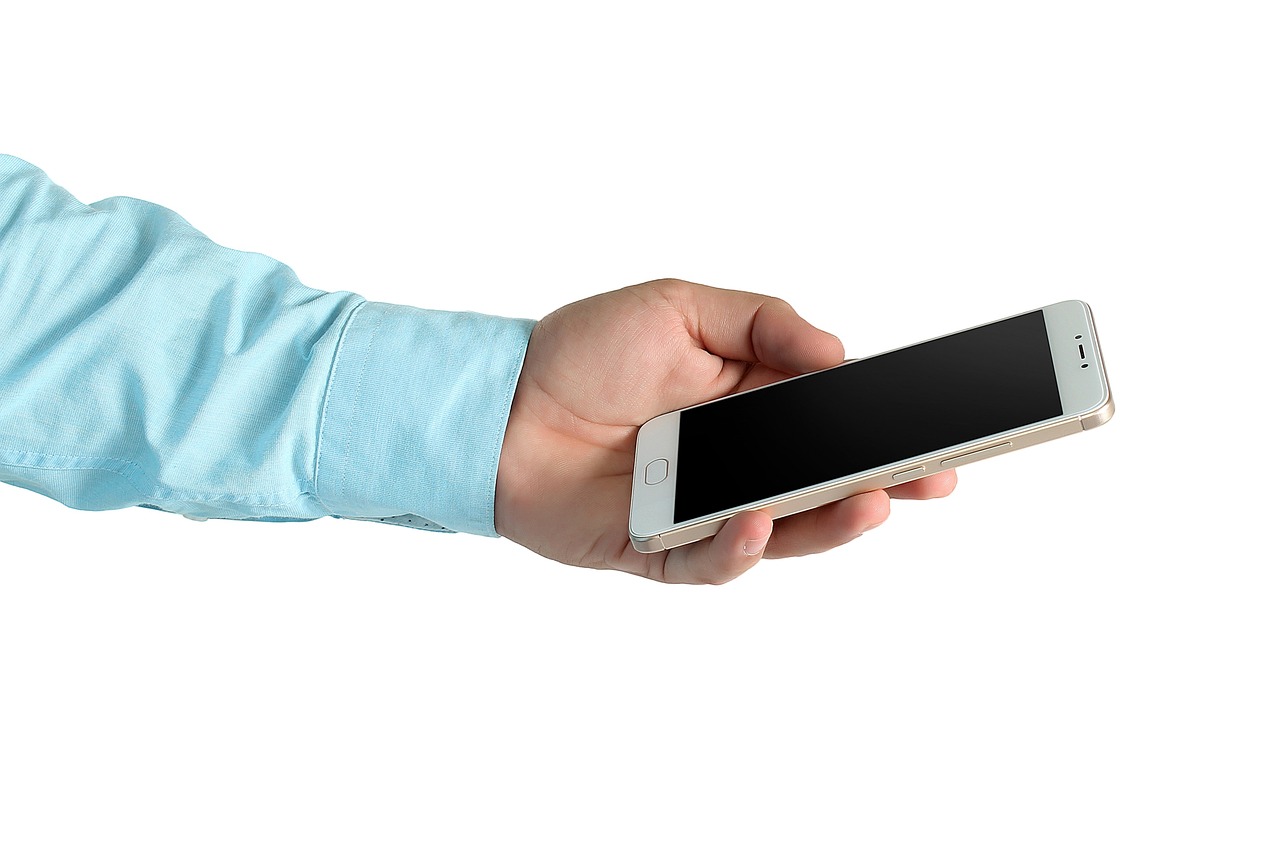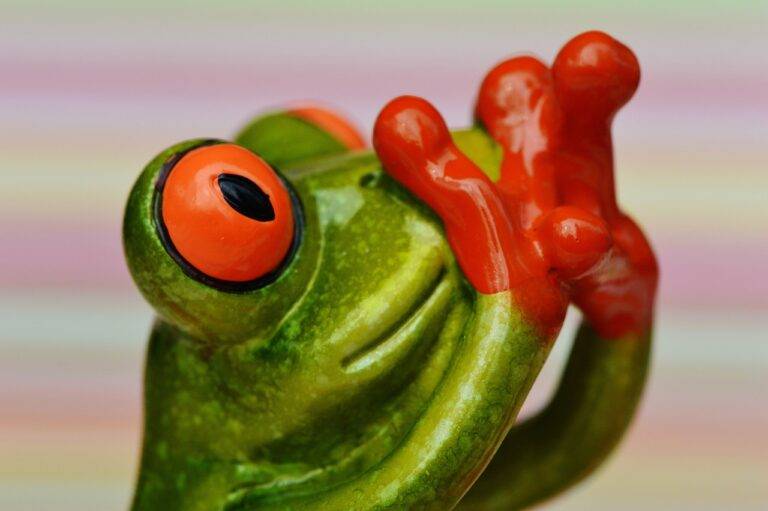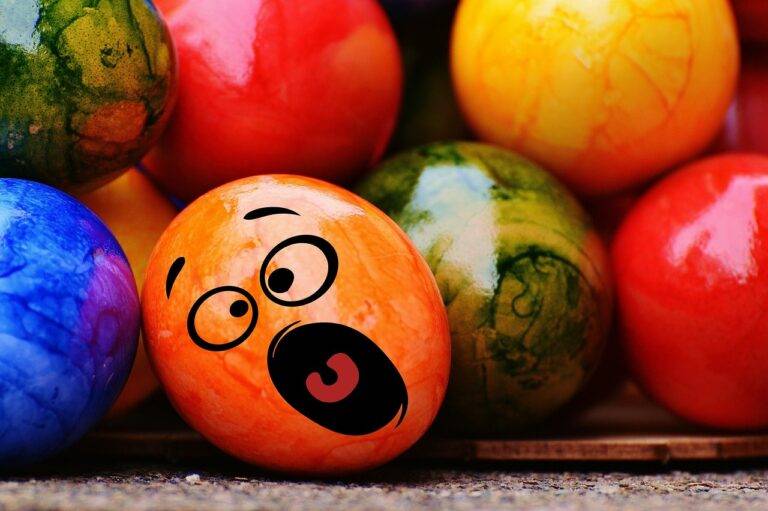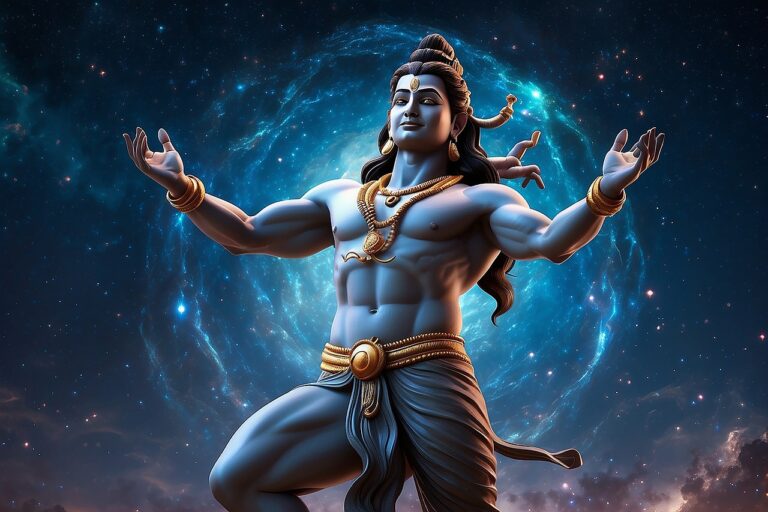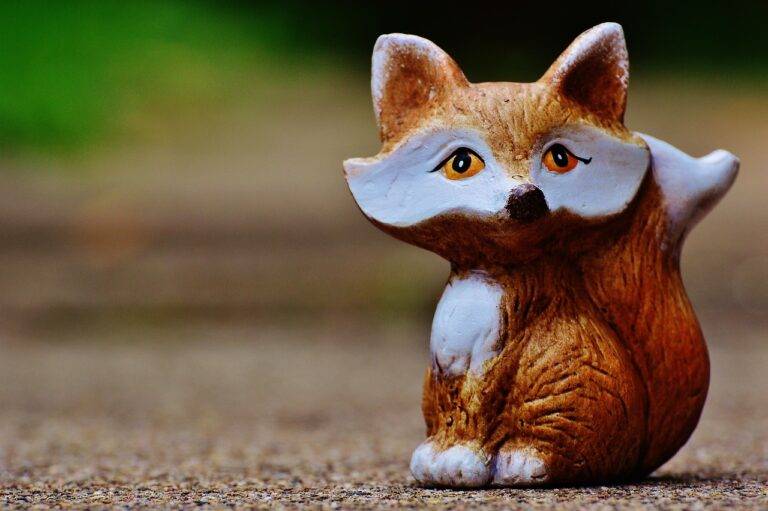Unveiling the Secrets Behind Hollywood’s Special Effects: CGI vs. Practical Effects
Special effects in Hollywood have undergone a remarkable transformation over the years. From the early days of practical effects using props and miniatures to the revolutionary advancements in CGI technology, the industry has consistently pushed the boundaries of innovation to deliver awe-inspiring visual experiences to audiences worldwide. The progression from basic optical effects in classic films to the sophisticated digital effects seen in modern blockbusters showcases the immense creativity and technical expertise of special effects teams in the film industry.
As filmmakers continue to explore new frontiers in visual storytelling, the evolution of special effects remains a critical component in creating immersive cinematic worlds that captivate viewers. With the constant advancements in technology and the increasing demand for bigger, bolder visuals on the silver screen, the future of special effects in Hollywood is poised to dazzle and astonish audiences for years to come. The blend of artistry and technology in creating seamless and breathtaking visual effects demonstrates the enduring power of innovation in shaping the landscape of modern filmmaking.
Understanding CGI: The Digital Magic Behind Blockbuster Films
Computer-generated imagery (CGI) has revolutionized the film industry, allowing filmmakers to create stunning visuals that were once thought impossible. With CGI, filmmakers can bring to life fantastical worlds, creatures, and scenarios that would be too costly, dangerous, or simply impractical to film using traditional methods. From towering robots to magical creatures, CGI has unlocked a new realm of storytelling possibilities and enriched the cinematic experience for audiences worldwide.
One of the key advantages of CGI is its ability to seamlessly blend with live-action footage, creating a seamless visual experience for viewers. By integrating CGI elements with real-world settings and actors, filmmakers can craft scenes that transport audiences to entirely new realms and immerse them in the story in ways that were previously unimaginable. This blending of real and digital elements has become a hallmark of blockbuster films, allowing filmmakers to push the boundaries of visual storytelling and create truly unforgettable cinematic moments.
Exploring Practical Effects: The Art of Creating Realistic Illusions on Screen
Practical effects have been a fundamental part of filmmaking since the early days of cinema. From creating intricate miniatures to using clever camera tricks, filmmakers have always strived to bring realistic illusions to the screen. These practical effects require meticulous planning and skilled craftsmanship to ensure that the audience is fully immersed in the world of the film.
In an age where CGI dominates the landscape of visual effects, practical effects still hold a special place in the hearts of many filmmakers and audiences. There is a tangible quality to practical effects that digital effects often struggle to replicate. The tangible nature of practical effects adds a level of authenticity and physicality to the visual storytelling that can resonate more deeply with viewers.
• Practical effects require meticulous planning and skilled craftsmanship
• Filmmakers strive to bring realistic illusions to the screen through practical effects
• CGI dominates visual effects, but practical effects hold a special place in filmmaking
• Tangible quality of practical effects adds authenticity and physicality to visual storytelling
What are practical effects in filmmaking?
Practical effects refer to the use of physical props, models, makeup, and stunts to create visual illusions on screen, as opposed to computer-generated imagery (CGI).
How have special effects evolved in Hollywood over the years?
Special effects in Hollywood have evolved from relying solely on practical effects to incorporating CGI and other digital technologies to create more realistic and visually stunning illusions.
What is CGI and how is it used in filmmaking?
CGI stands for computer-generated imagery, and it involves the use of computer software to create visual effects and animations that would be difficult or impossible to achieve with practical effects alone.
What are some examples of practical effects used in iconic films?
Some examples of practical effects in iconic films include the use of miniatures and models in “Star Wars,” prosthetic makeup in “The Lord of the Rings,” and animatronics in “Jurassic Park.”
How do filmmakers decide whether to use practical effects or CGI in a film?
Filmmakers often consider factors such as budget, time constraints, the desired level of realism, and the specific needs of the story when deciding whether to use practical effects, CGI, or a combination of both.

